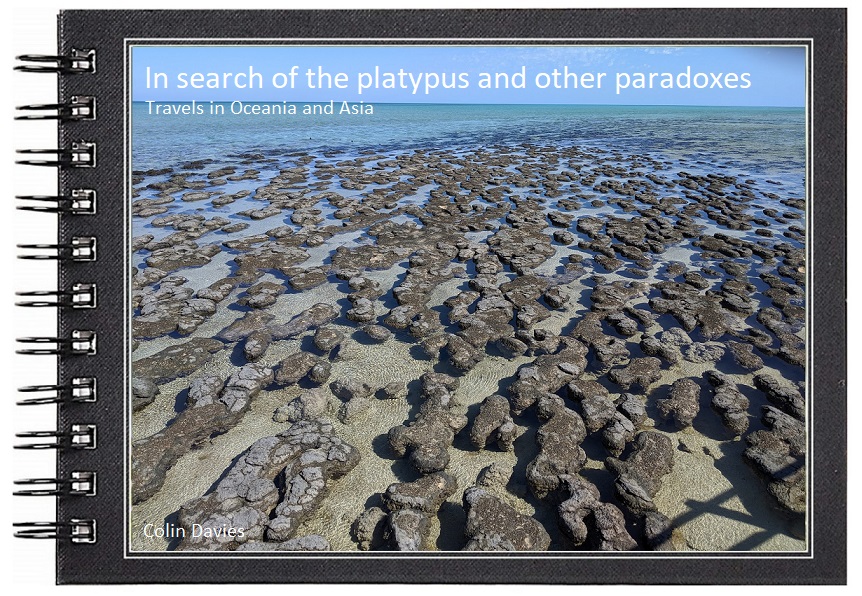Monday, 4 November 2019
Flowers of Western Australia
This was my fourth visit to Australia and on all of my previous visits I've bemoaned the lack of flowers and the lack of colour in the country. Sure the tropical rain forests of the north and the temperate rain forests of the south are wonderful places but they are predominantly green or grey.
The endemic Callistemon sp. or bottlebrushes do add some colour in places and they are beautiful and fascinating shrubs, but where were the more delicate flowering plants? In my first three visits I was unable to find them, ranging from Queensland, to Victoria, to Southern Australia, to Perth, I just didn't see any, or at least not significant amounts. Finally on this fourth trip to Western Australia I did find some colour! Most of the flowers were south of Perth which is not surprising since further north the land turns into virtually desert. I can't put names to most of these flowers, but here they are anyway.
Cape Leeuwin, Augusta
This looks like a rock rose Helianthemum sp.
This succulent looks like Hottentot-fig which is a non-native and highly invasive species in Australia and I'm sure that I've also seen it in New Zealand.
Margret River region
Sadly this is another invasive weed, the arum lily.
Jarrah Woodland
East of Pinjarra lies the Darling Range which provided me with some of the beautiful and colourful woodland of this trip. Many of the plants here almost resembled alpine plants.
Grass trees growing in Jarrah woodland.
Looks like some type of clementis.
This beautiful plant is Many-flowered fringe-lily Thysantus multiflorus and is endemic to Western Australia.
This really is alpine looking, with a basel rosette and white flowers on long stalks. It looks very like a saxifrage.
Geraldton to Exmouth
Cape Range
Spinifex grassland.
The Pinnacles
Hamelin Pool
This looks like iceplant to me which I have seen before in Maderia and which is an African native. Therefore once again this is most likely and non-native invasive species. That is unless there is an Australian version which I am unaware of.
Subscribe to:
Post Comments (Atom)
-
Photo: Snowy albatross. "Wanderer at 6 o'clock!", the cry went up and sent shivers down my spine. This was the moment I ha...
-
I've been to Southern India twice now, but neither were birding holidays. The first was to meet the family of my son's...
-
Philips Island is a 90 minute drive south east of Melbourne. It's a proper island but you can drive onto it via a bridge. The day we ...




















































No comments:
Post a Comment